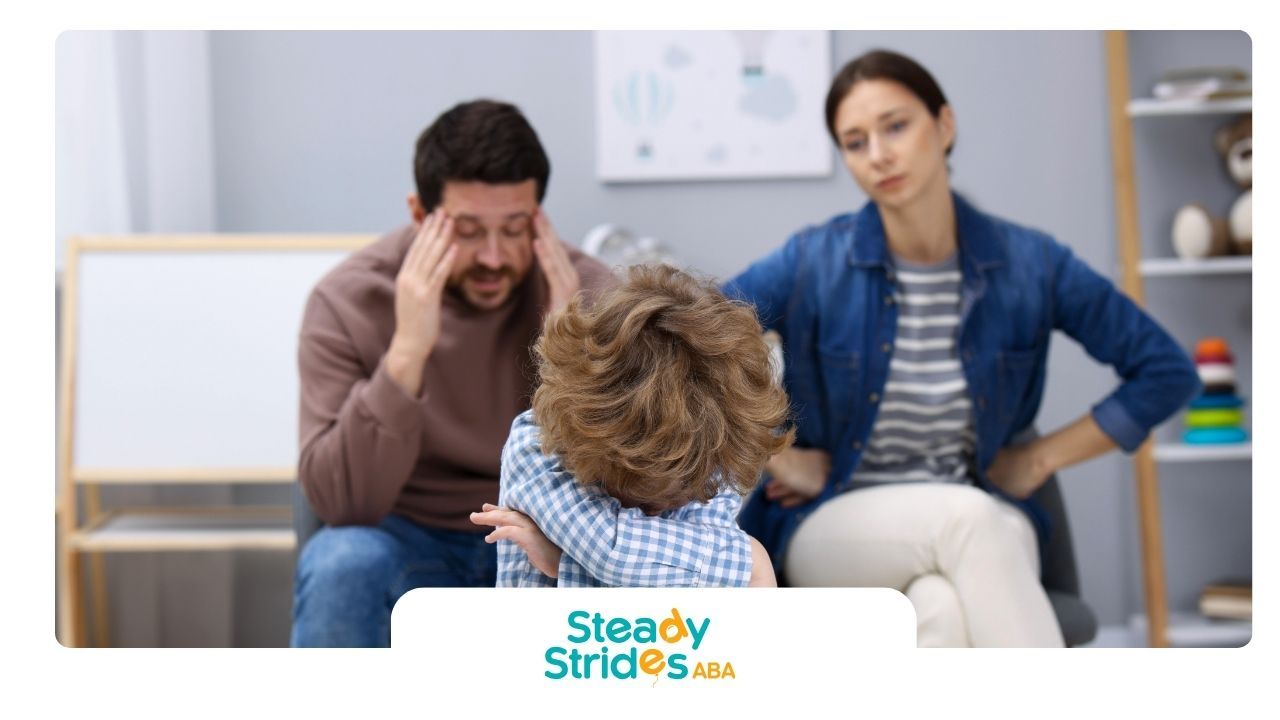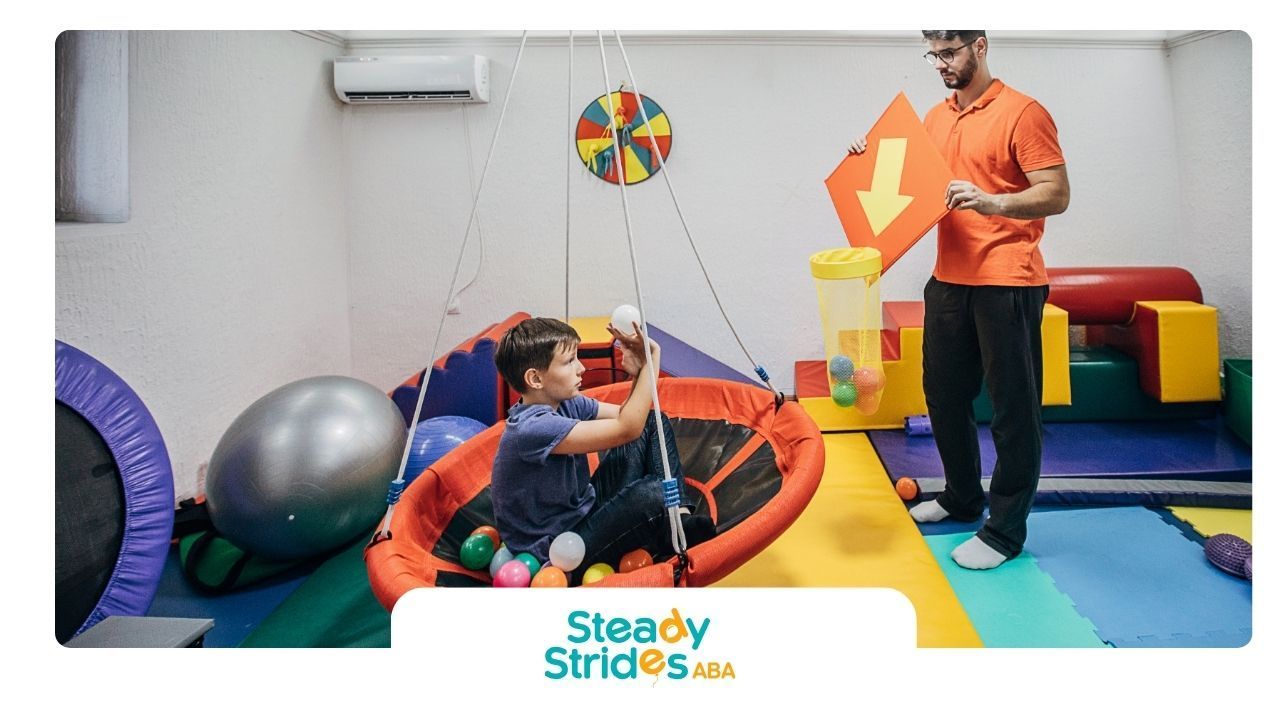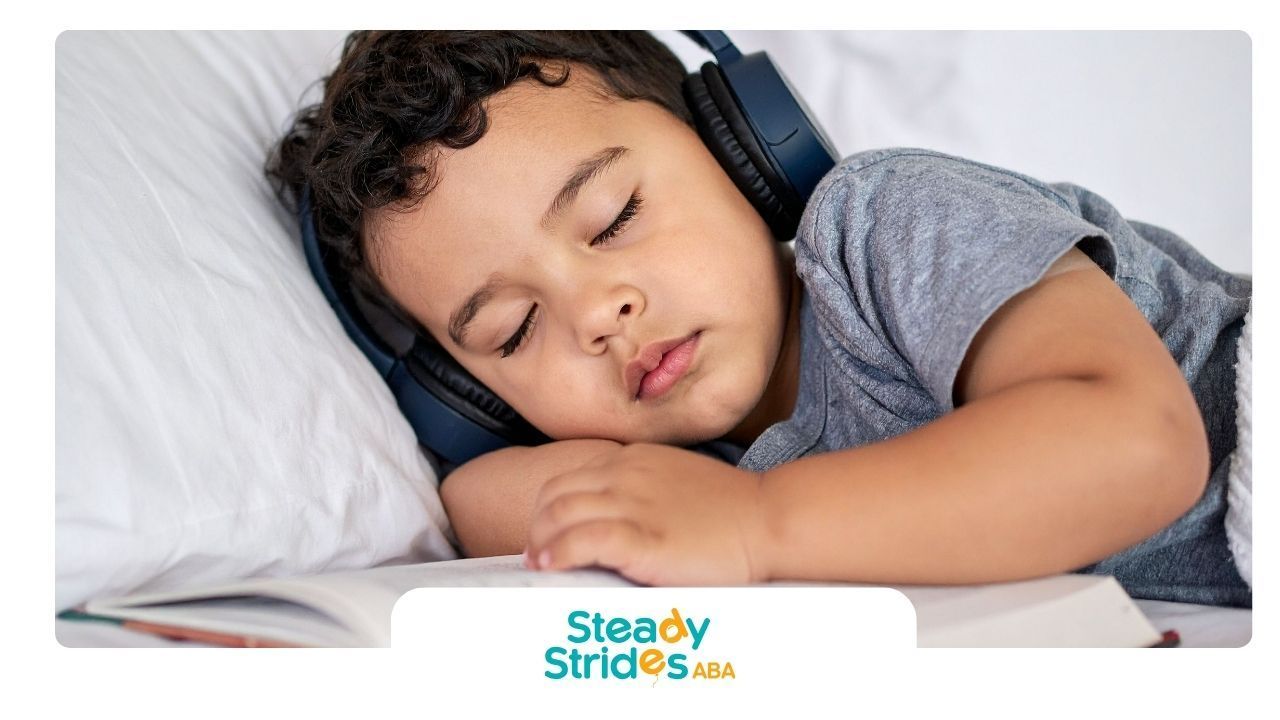What Do Autistic Kids Need the Most?
Every autistic child has unique strengths, preferences, and challenges. However, certain needs are widely recognized as essential for their development, comfort, and well-being.
Clear Communication
Many autistic children benefit from direct and simple communication. Some may use alternative communication systems, such as PECS (Picture Exchange Communication System) or assistive devices. Clear, patient communication helps them process information and express themselves effectively.
Sensory Support
Autistic children may experience sensory sensitivities, meaning they can be easily overwhelmed or under-stimulated by sights, sounds, or textures. Providing sensory tools like noise-cancelling headphones, fidget toys, or calm spaces helps regulate their sensory experiences.
Emotional Understanding
Recognizing and validating emotions is vital. Emotional support helps autistic children manage stress and build resilience through safe, nurturing relationships.
Conclusion
Understanding what autistic kids need most—structure, clear communication, sensory support, and emotional understanding—helps them thrive at home, school, and in their communities. Meeting these needs with patience and consistency builds a strong foundation for growth and confidence.
At
Steady Strides ABA, we specialize in creating personalized, evidence-based therapy plans that support each child's unique needs. Serving families across
Texas, San Antonio, and
New Mexico, our compassionate team focuses on helping children build essential life skills while supporting parents every step of the way. With Steady Strides ABA, your child's progress starts one steady step at a time.
FAQs
Why is structure important for autistic children?
Structure creates predictability, which helps reduce anxiety and supports learning.
How can parents support communication challenges?
By using clear language, visual aids, and alternative communication systems when needed.
What sensory tools can help autistic children?
Items like weighted blankets, fidget toys, or quiet spaces can help them stay calm and focused.
Sources:
- https://www.autismspeaks.org/what-autism
- https://www.apa.org/topics/anxiety
- https://raisingchildren.net.au/autism/therapies-guide/pecs
- https://www.autismspeaks.org/sensory-issues













